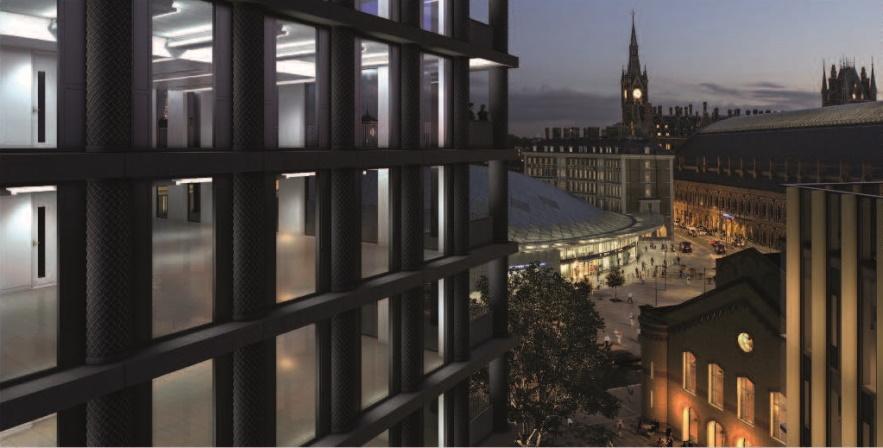
Location
King’s Cross-St Pancras Station area, London.
Working with
British Standards Institution (BSI), Argent, Allies & Morrison, Chapman Taylor
Context
- London has been facing intense growth pressures unseen since the mid 19th century. This is likely to continue to 2030 and beyond.
- At King’s Cross-St Pancras, new and upgraded rail infrastructure creates an ideal environment for urban growth. However, historic legacy and complex urban fabric have foiled many attempts to regenerate the area.
- Public and private investments since the 2000s have reshaped the area and transformed it into one of the fastest growing urban quarters and a popular destination. By 2016, up to 30,000 people will be living, working and studying at King’s Cross Central.
Challenges
- To establish what general lessons could be learnt from the success to inform the approach to planning and infrastructure development for this challenging type of urban regeneration.
- To ascertain how the general lessons learned can be translated into appropriate codes of conduct and standards of urban development that will be useful in the UK and internationally.
Project details
- The King’s Cross experience is being analysed as a key case study for the BSI smart city standards and strategies for redevelopment and regeneration around rail stations.
- The project is analysed throughout its development against the history of difficult challenges of regenerating the area, from the early stages of its current masterplan, through the uncertain periods of the dot-com bust, world financial crisis to the current London property boom.
Achievements
- CSIC has actively engaged with DfT, Network Rail, Argent (the Developer), Allies and Morrison (the Masterplanner) and Chapman Taylor (the Retail Designer), and are continuing to discuss the case study with other stakeholders to build up a complete picture of how the regeneration have been planned and implemented.
- The case study benefits from a historic perspective from the 1870s, which we have built up using similar data to our West London study.
- The case study has helped to establish a new simulation model for regeneration, which incorporates the uncertainties arising from the background trends and interactions among components of infrastructure and building property development.
Transformative benefits to the infrastructure and construction industries
- Opportunities to develop property and change consumer behaviour: as immediate surroundings of the rail/metro services improve through investment.
- Powerful regeneration catalyst: as the pedestrian catchment is transformed.
- Economic, social and environmental benefits from rail investment: careful planning and management have enabled regeneration of a challenging area.
- Study recommendations will contribute to plans and actions for other sites, particularly in the surrounds of 25 national hubs, 66 regional interchanges and 275 key feeder stations.
Transforming cities
King’s Cross is one of three major case studies CSIC is working on to inform a new type of over-arching BSI standards for cities.
Download the full case study here
